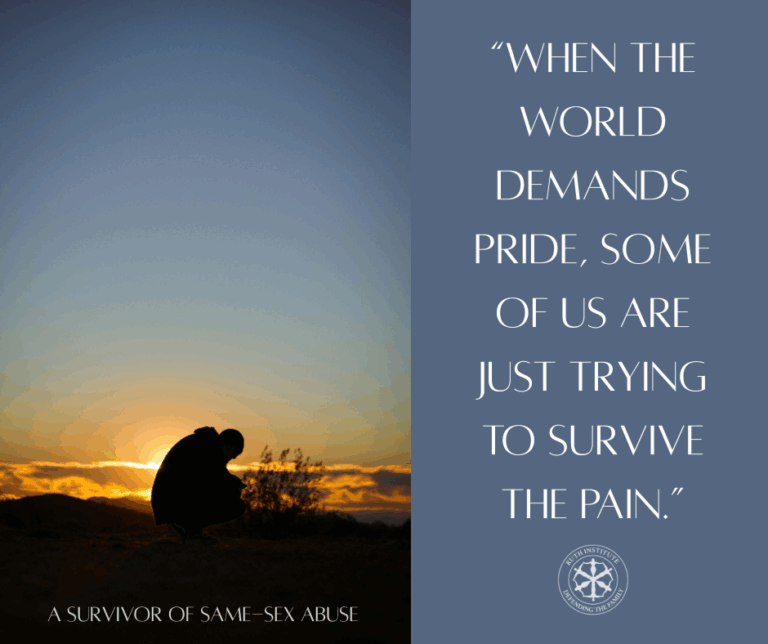That’s the title my editors over at the National Catholic Register gave my latest article.
social science can now show that the “alternatives to marriage” don’t work. A recent news story brought this home in a particularly vivid fashion for that most fashionable of alternatives to marriage: cohabitation.
In Dallas, a mother and her boyfriend were arrested after three of her children were found in a hotel room, starved and abused. The facts of the case fit in with the general pattern of knowledge about the hazards of cohabitation. This story puts a human face on the statistics.
First, we know that a cohabiting boyfriend is the person most likely to abuse a child. From British child-abuse registries, we learn that a child living with his or her mother and a live-in boyfriend is 33 times more likely to be abused than a child living with his or her biological married parents. From a study of inflicted injury deaths in Missouri, we learn that children living in households with unrelated adults were 50 times more likely to die of inflicted injuries than households with both biological parents present. In 82% of the cases, the “unrelated adult” was the mother’s cohabiting boyfriend.
So I present this challenge to my young friends on campus: “You might get away with participating in social practices that become much more destructive as they trickle down into the lower classes. It is not social justice to claim for yourself the rights to behaviors that you can manage but are a disaster for the less fortunate. Do you want to be part of the solution or part of the problem?”
So it was in this case. The boyfriend was the perpetrator. While the mother was out working, he sexually abused her daughter. And although the mother was certainly complicit in locking the kids in the bathroom, the boyfriend was the one beating them.
Speaking of her working, this boyfriend stayed “home” in the hotel room, while the woman went out to work each day. This, too, fits the statistical pattern. Cohabiting men have half the income of married men and work fewer hours.
Each one of the four children had different fathers. The boyfriend’s child, needless to say, was not locked in the bathroom with the other kids. This case illustrates the new phenomenon that demographers have identified. They call it “multiple-partner fertility.” One of the problems associated with multiple-partner fertility is the relationship of each new boyfriend to the children of the previous boyfriends. To not put too fine a point on it: He is interested in the woman, not in her children from past relationships. The children are leftovers from a previous relationship.
You may object that some of these problems are associated with poverty. And that is partly true. But the deeper truth is that channeling sexual behavior and childbearing into marriage creates wealth rather than dissipates it. Men behave differently when they marry, especially when they become married fathers.
When I give campus talks on the risks of cohabitation, I can always count on some smarty to challenge me saying that the risks are not really so great to people like himself. What he usually means (and it is almost always a “he”) is that the statistics are skewed by a large number of poor, uneducated cohabiting couples who are at higher risk for all sorts of problems anyway. Unspoken, but implied, is that he is cohabiting himself and plans not to change based on anything I say.
So, he might argue, this particular boyfriend was just a loser, while the cohabiting men of his own social circle are not. Women of higher income and education will not face such serious problems as this woman living in a hotel room with a creep. But studies that control for education and income still find that cohabitation is risky.
We have created a culture that says sex, marriage and childbearing have no necessary relationship to each other. This culture, like any culture, is made up of the decisions of all of us: the things we choose to do and not do, the justifications we offer for our actions, the things we celebrate and the things we condemn. We have an indirect impact on the culture and therefore on the people around us. Every problem of the poor is exacerbated by the failure of marriage. The “alternatives to marriage” are destroying the culture of the poor.
So I present this challenge to my young friends on campus: “You might get away with participating in social practices that become much more destructive as they trickle down into the lower classes. It is not social justice to claim for yourself the rights to behaviors that you can manage but are a disaster for the less fortunate. Do you want to be part of the solution or part of the problem?”
This article appearred in the National Catholic Register, on November 15, 2009 issue.



